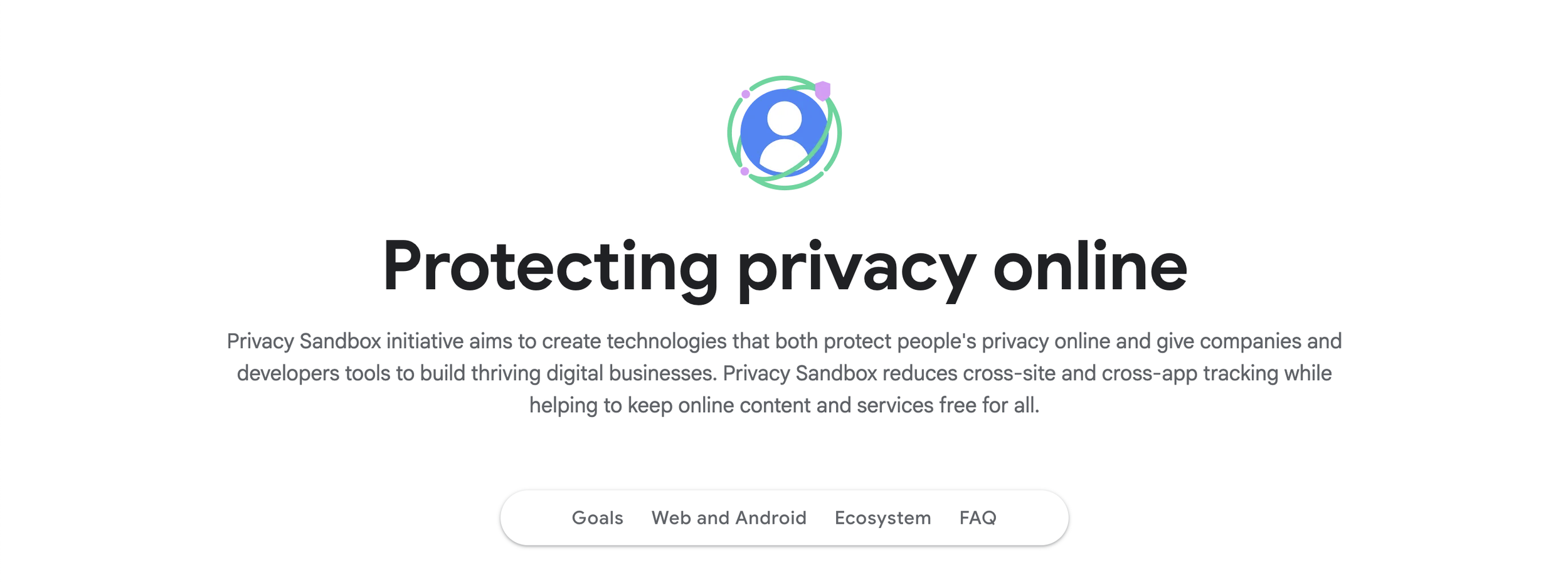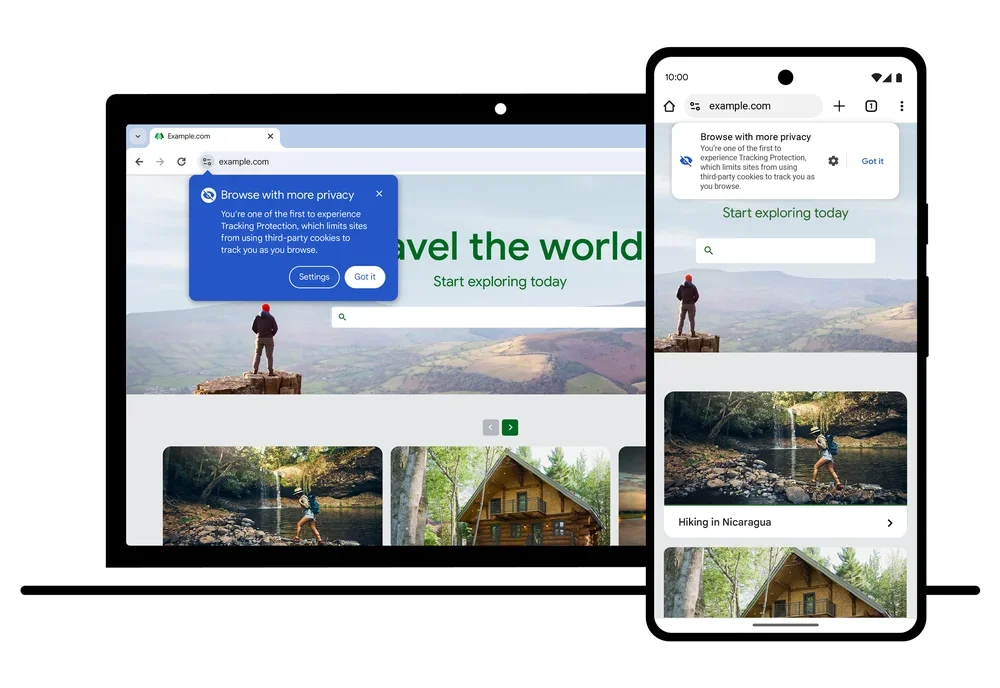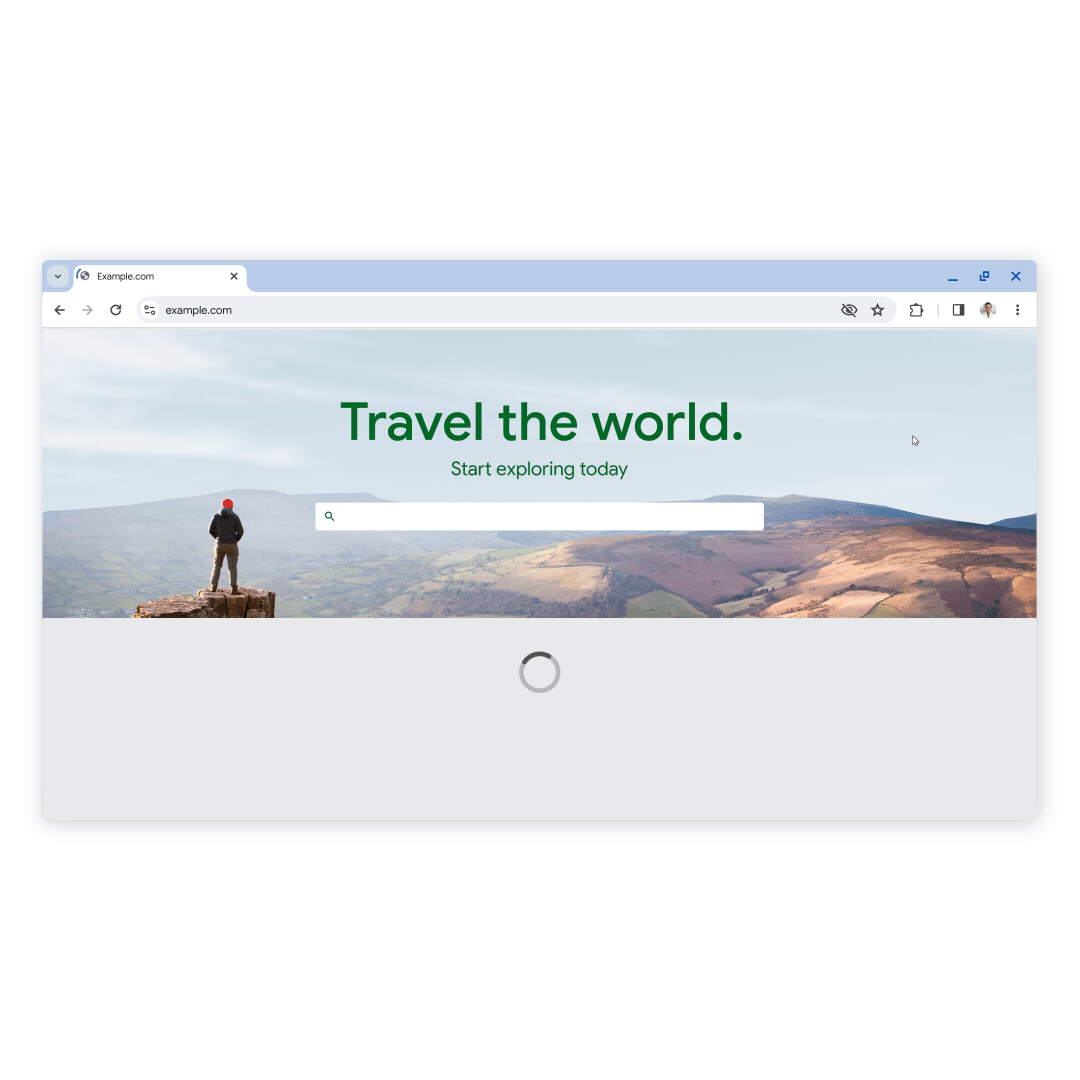Google: Privacy Sandbox
The program: The Privacy Sandbox UX team was formed in 2023 to help shape the future of the Chrome and Android in a cookie-less world. Our mission was to create technologies that both protect people's privacy online and give companies and developers tools to build thriving digital businesses.
My mission: As the first content designer on the team, I helped build the team from the ground up while also contributing to high-priority initiatives that were lead by content. In my hybrid role I helped build the content design practice, managed content designers and designers working across various projects, and delivering privacy experiences that aligned the needs of our users and the business.
Tracking Protection (1% Experiment)
To support Google’s mission to deprecate third-party cookies, the team launched an experience for 1% of Chrome users to help test the efficacy of the technology and ensure a seamless browsing experience. We needed to deliver an end-to-end experience to help them understand the new protections and make sure they could easily fix sites that may break without access to third-party cookies.
While simple in concept, this work relied on close collaboration with product, legal, engineering, and Chrome leadership, especially since the experience needed to be reviewed and approved by the Competition and Markets Authority (CMA) in the UK and other regulators around the world.
The problem: Users are bombarded by notices and consents daily, we also know that comprehension is low when it comes to data privacy, cookies, and how the ecosystem works. We needed to find a way to elegantly notify users of this change while also educating them along the journey.
The solution: The team tested multiple content variations alongside multiple design variations to find the best solutions that work work across both desktop and mobile. We ultimately landed on “in-product help” bubble to draw attention to the new privacy settings and introduced nudges to help users when they ran into site breakage later in their journey.
Users who were part of the 1% experiment received a notification across Chrome desktop and mobile. The notification started as a blocking modal but then transitioned to a small bubble to align with Chrome’s overall design strategy. We worked closely with legal to present ‘just enough’ information in the moment. Here, we found that focusing on third-party cookies and how they can be used to track users was the best way to introduce the complex concept without getting too technical.
One surprising fact: through our research we found that users generally understand the concept of 3PC and when we tried to remove the term it actually decreased comprehension and created confusion.
When a user encounters a broken site, they can temporarily allow third-party cookies for that site. From a content design perspective, we found that focusing on the impact of “allowing 3PC” increased comprehension and user sentiment / confidence.


